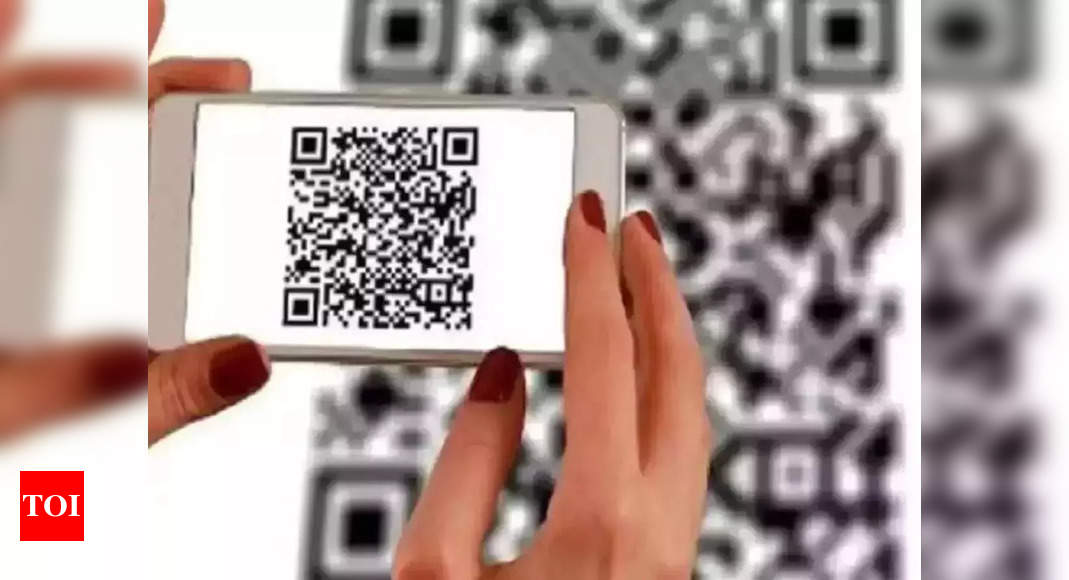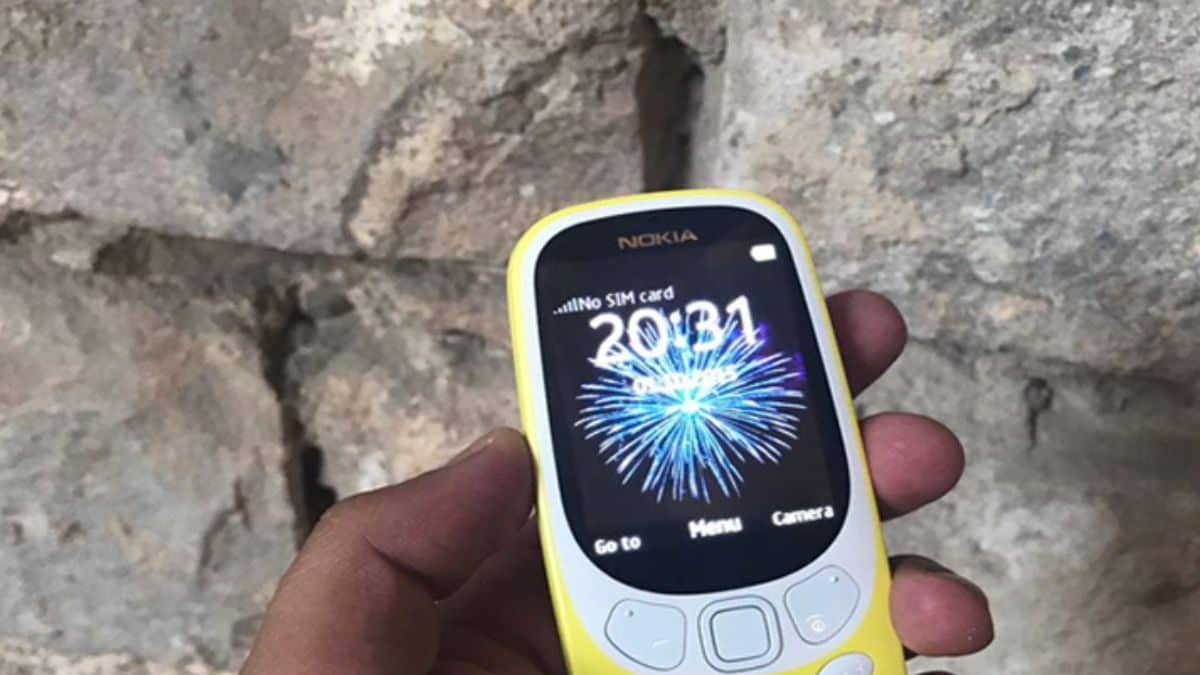[ad_1]
A recent report revealed that India has witnessed a rise in QR code scan scams. According to a recent report by Palo Alto Networks, in Bengaluru alone, there have been 21,000 approximate cases reported between 2017 and May 31, 2023, constituting 41 percent of incidents related to QR codes, malicious links, or debit/credit card fraud.
The report further highlights a significant challenge in differentiating between genuine and fraudulent QR codes, as most appear visually similar.Exploiting this similarity, attackers replace legitimate QR codes with their own. So, it has become extremely important for those who rely a lot on digital payments to stay vigilant about this kind of scam and keep certain tips in mind to protect themselves.
What is QR code scam
A QR code scan scam is a fraudulent scheme designed to deceive individuals into scanning a malicious QR code. Upon scanning, the QR code may redirect users to a phishing website or initiate the installation of malware on their device. Such scams are orchestrated with the intent of pilfering personal and financial information or gaining unauthorised control over the victim’s device.
How QR code scams work
1. Scammers create a malicious QR code: Scammers create a QR code that looks like it is from a legitimate source, such as a popular brand or company. They may place the QR code in a public place, such as on a poster or sticker, or they may send it to victims via email or text message.
2. Victims scan the QR code: When a victim scans the malicious QR code, they are taken to a phishing website or a web page that prompts them to download malware. The phishing website may look like the legitimate website of a popular brand or company, and it may ask victims to enter their personal information or financial information. The malware may be disguised as a harmless app or file, and it may be downloaded without the victim’s knowledge or consent.
3. Scammers steal information or take control of devices: Once victims have entered their personal information or financial information on the phishing website, or once they have downloaded the malware, the scammers can steal this information and use it for their own purposes. The malware may also give the scammers remote access to the victim’s device, allowing them to steal more information or even to take control of the device.
Tips to stay protected from QR code scams
* Avoid scanning QR codes that you find in public places, especially if they are not from a trusted source.
* Before scanning a QR code, use a QR code scanner app that can show you the destination URL. If the URL looks suspicious or does not match the expected destination, do not scan the QR code.
* Only download apps from official app stores, such as Google Play or Apple’s App Store. Do not download apps from QR codes or unfamiliar websites.
* Install security software on your device to protect it from malware. Keep your security software up to date with the latest definitions.
* Be aware of the signs of phishing scams, such as emails or text messages that ask for your personal information or financial information. Do not click on links or enter information on websites that you do not trust.
The report further highlights a significant challenge in differentiating between genuine and fraudulent QR codes, as most appear visually similar.Exploiting this similarity, attackers replace legitimate QR codes with their own. So, it has become extremely important for those who rely a lot on digital payments to stay vigilant about this kind of scam and keep certain tips in mind to protect themselves.
What is QR code scam
A QR code scan scam is a fraudulent scheme designed to deceive individuals into scanning a malicious QR code. Upon scanning, the QR code may redirect users to a phishing website or initiate the installation of malware on their device. Such scams are orchestrated with the intent of pilfering personal and financial information or gaining unauthorised control over the victim’s device.
How QR code scams work
1. Scammers create a malicious QR code: Scammers create a QR code that looks like it is from a legitimate source, such as a popular brand or company. They may place the QR code in a public place, such as on a poster or sticker, or they may send it to victims via email or text message.
2. Victims scan the QR code: When a victim scans the malicious QR code, they are taken to a phishing website or a web page that prompts them to download malware. The phishing website may look like the legitimate website of a popular brand or company, and it may ask victims to enter their personal information or financial information. The malware may be disguised as a harmless app or file, and it may be downloaded without the victim’s knowledge or consent.
3. Scammers steal information or take control of devices: Once victims have entered their personal information or financial information on the phishing website, or once they have downloaded the malware, the scammers can steal this information and use it for their own purposes. The malware may also give the scammers remote access to the victim’s device, allowing them to steal more information or even to take control of the device.
Tips to stay protected from QR code scams
* Avoid scanning QR codes that you find in public places, especially if they are not from a trusted source.
* Before scanning a QR code, use a QR code scanner app that can show you the destination URL. If the URL looks suspicious or does not match the expected destination, do not scan the QR code.
* Only download apps from official app stores, such as Google Play or Apple’s App Store. Do not download apps from QR codes or unfamiliar websites.
* Install security software on your device to protect it from malware. Keep your security software up to date with the latest definitions.
* Be aware of the signs of phishing scams, such as emails or text messages that ask for your personal information or financial information. Do not click on links or enter information on websites that you do not trust.
[ad_2]
Source link





